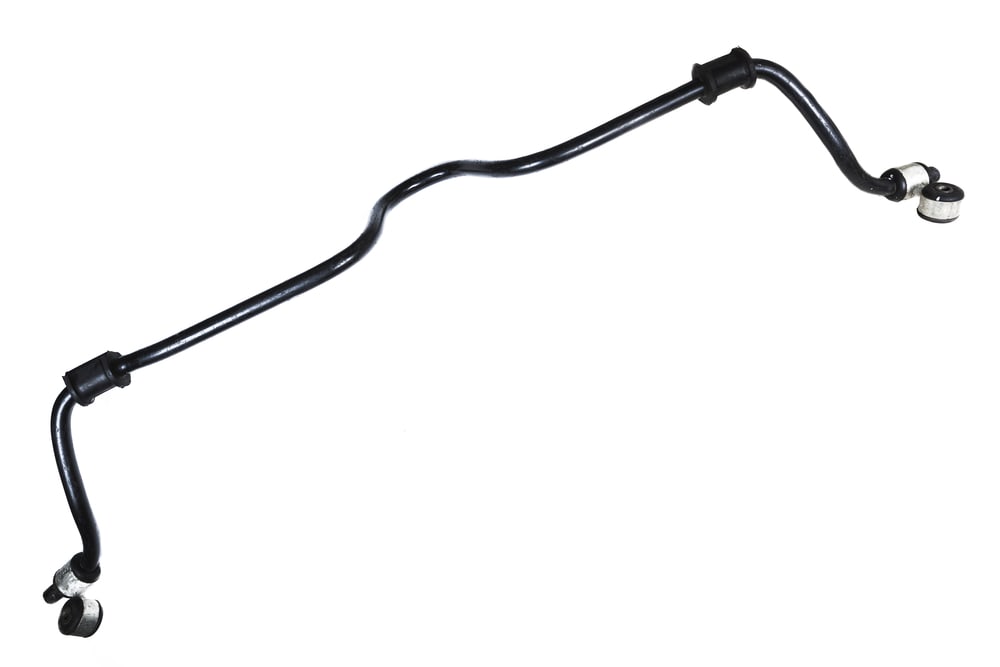

Your car’s suspension is very complex and requires a number of different components to provide the handling and performance that you need. One of these is the sway bar. Depending on the vehicle you’re driving, you may have a front or a rear sway bar, or you may have both. If you suspect that a sway bar is broken, you can still drive the car, but you must use caution.
The way this will affect your drive will depend on if the front or rear sway bar is broken.
Front sway bar: If a front sway bar is broken, then you’ll experience significant differences in how the car handles (steers). It will feel “looser”, particularly when driving at high speeds. It’s very possible that this will cause you to lose control of the car, resulting in a serious accident if you’re not prepared for it.
Rear sway bar: The situation is a little less serious if your rear sway bar is broken. This will affect how the car rides, particularly when changing lanes, taking corners and in other situations where the car’s body will sway (what the bar is designed to prevent).
Tip: If you’re forced to drive with a broken sway bar, you need to drive slower than normal. Try to stick to surface streets and stay off highways and interstates where you might be required to change lanes. As long as you keep your speed down and don’t take turns too quickly, you should be safe driving until you can have it replaced.
Note that a broken sway bar doesn’t make your car “un-driveable”. It does make it handle and corner differently, because the weight of the car will have a greater effect when turning and during lateral maneuvers (changing lanes).
The most important thing is that you’re prepared for the difference in handling. It can be much more pronounced in some cars than in others (a performance-oriented coupe will be more affected than a full-size sedan). It’s highly recommended that you have the sway bar replaced as soon as it’s practical.



